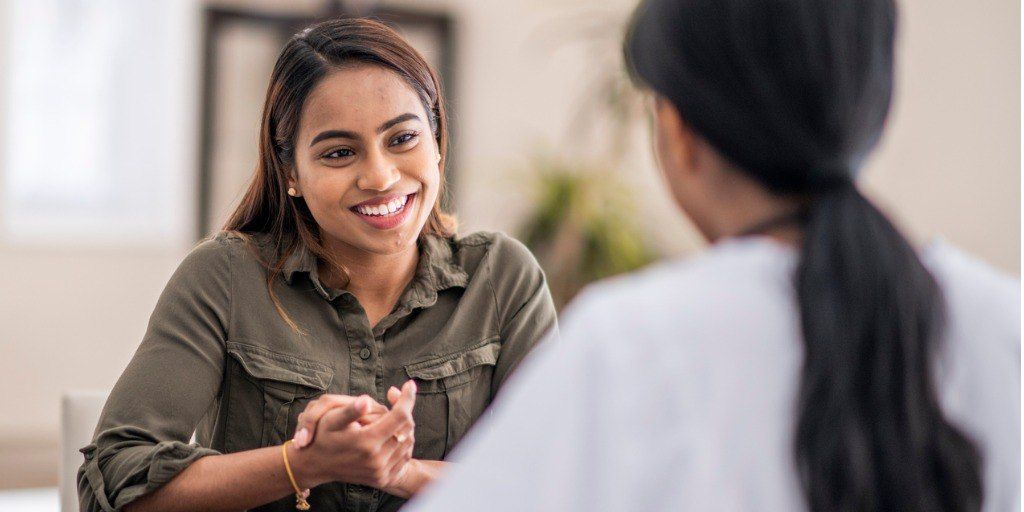Explore the ins and outs of concierge medicine, executive health, and becoming a concierge doctor.

Why do primary care doctors switch to concierge medicine? Here are the top 3 reasons.
3 min read
2 min read
An in-depth look at how concierge medicine offers physicians more time, less burnout, stronger patient relationships, and a more sustainable, ...
5 min read
How does 24/7 access to care work at PartnerMD?
5 min read
2 min read
You’ll receive our newest content via email on Saturday mornings. From time to time, we’ll also send out event invitations and special offers.
Sample topics include:
Complete the short form to subscribe.
You’ll receive our newest content via email on Saturday mornings. From time to time, we’ll also send out event invitations and special offers.
Sample topics include:
Complete the short form to subscribe.